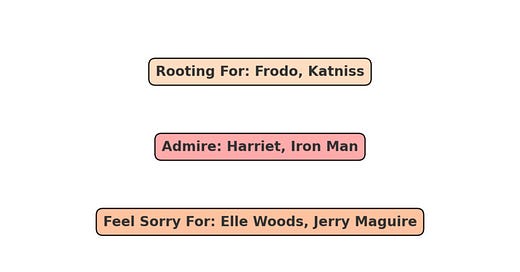BUTTER CASE STUDY: Butter Fix Your MC’s Face
Why Your Character’s Most Human Trait Might Unintentionally Turn Readers Off
Super quick: I would LOVE for you to join us for the Butter Beginnings Class launching in late February and available for pre-sale now!



